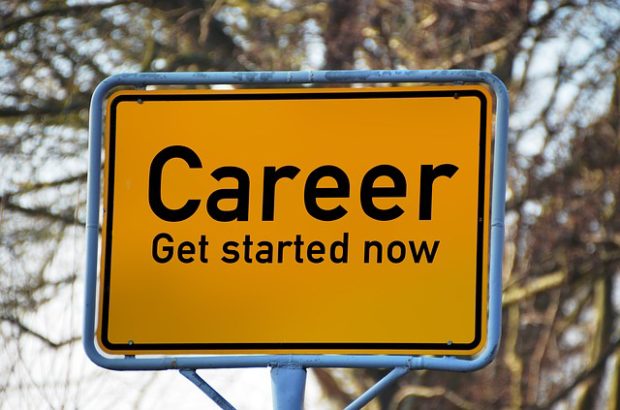Don’t know what you want to be when you grow up?

Some people – the seemingly lucky ones – have an innate desire to join a certain career. However, for most of us, things are far less clear and being thrown into the job market after college or university can be bewildering. Personally, I had no idea and after graduation, I floated into the world of media and advertising. Despite being successful, I always felt unfulfilled and inauthentic until leaving years later and starting on a new coaching path. So, where should you start in determining your future?
Firstly, something to remember is that there’s now far more flexibility in the world of work and it’s commonplace for people to switch jobs and careers over a lifetime. So relax about finding your one thing. Instead, frame your career as a journey and just focus on identifying the first step using this process:
1. Define your values.
Consider what is most important to you in the way that you want to live and work. For example, do you prioritize security and trust or do you lean more towards wanting adventure and freedom? Other examples may be: helping others, creativity, wellness, teamwork, independence, wealth etc. If you end up with a long list, try to settle on the top 3 or 4 values. This list will then form the criteria to help focus your search and evaluate all opportunities that come your way. A job that aligns with your values will help ensure you avoid burnout later on.
2. Brainstorm.
Think back to school or college and write a list of all the work that you enjoyed doing the most. You can also include any present hobbies or part-time jobs. A useful way to frame this is to reflect on activities where time seemed to stand still for you and you were fully engrossed. Examples could be, organizing, drawing, researching, writing etc.
Once you have a list, pick each activity and brainstorm for 10-minutes for possible industries and jobs that would enable you to do more of this. Don’t self-censor, just write anything that comes to mind – no idea is a bad idea! You can also play a game of trying to combine two separate ideas to form a whole new idea. Take a break and then return to your ideas with a fresh head. Circle any that seem worth pursuing and that you think would align with your values.

3. Connect.
The majority of jobs that exist are hidden to people outside the industry. Have you ever heard of a Waterslide Inspector? Me neither until now. So this final phase is about exploring your shortlist of ideas from the Brainstorm Phase and gathering as much insight as possible.
To do this, you need to speak with people who work in the industry or have roles that you are interested in. Think about any connections you may have through family or friends; LinkedIn can be really useful here to explore your network. You may also be able to join an industry meet-up group or networking event. Cold-emailing someone can also be very fruitful if you are specific in your ask and communicate that you are not looking for job offers, you simply want to learn more about their role. Questions you should consider asking are: What does your day-to-day look like? What do you like and dislike about your job? How did you get to where you are today?
The bonus of this phase is that you’re also building up a network for the future.
.
Images via Pixabay and Pexels.


